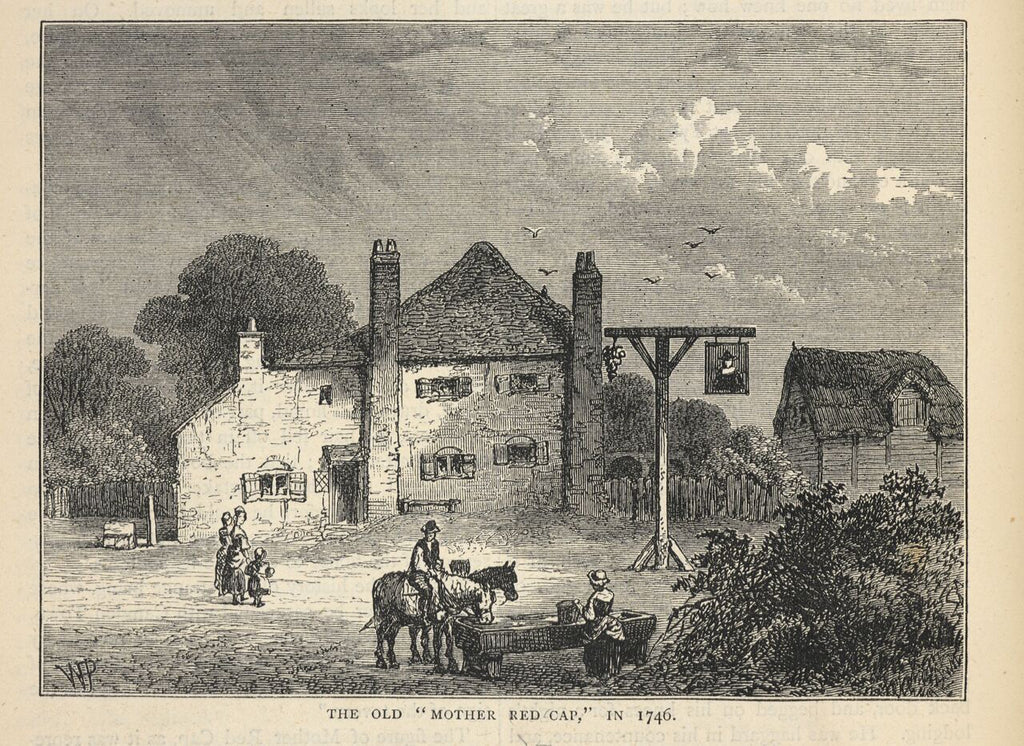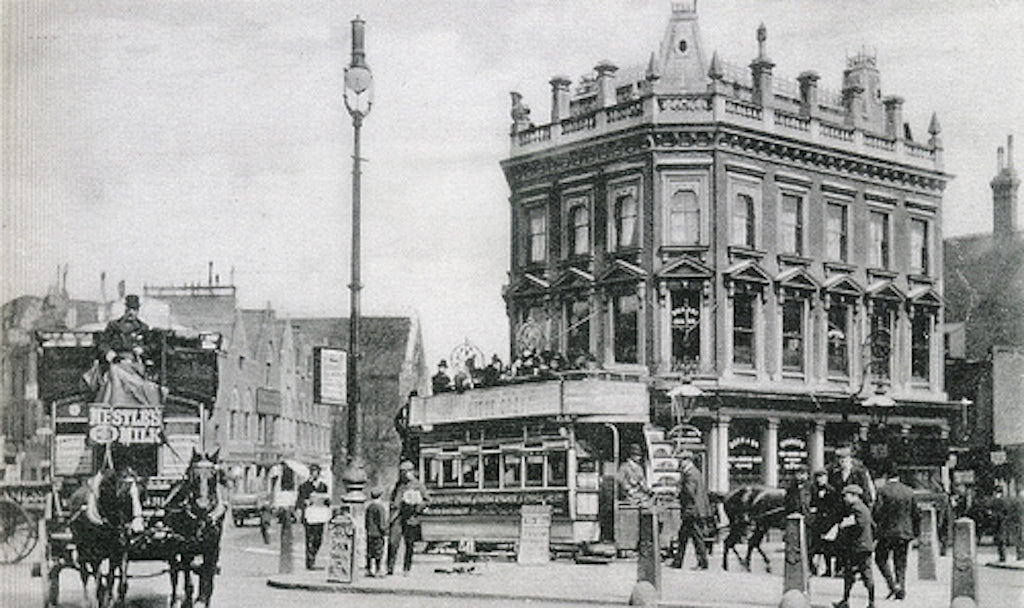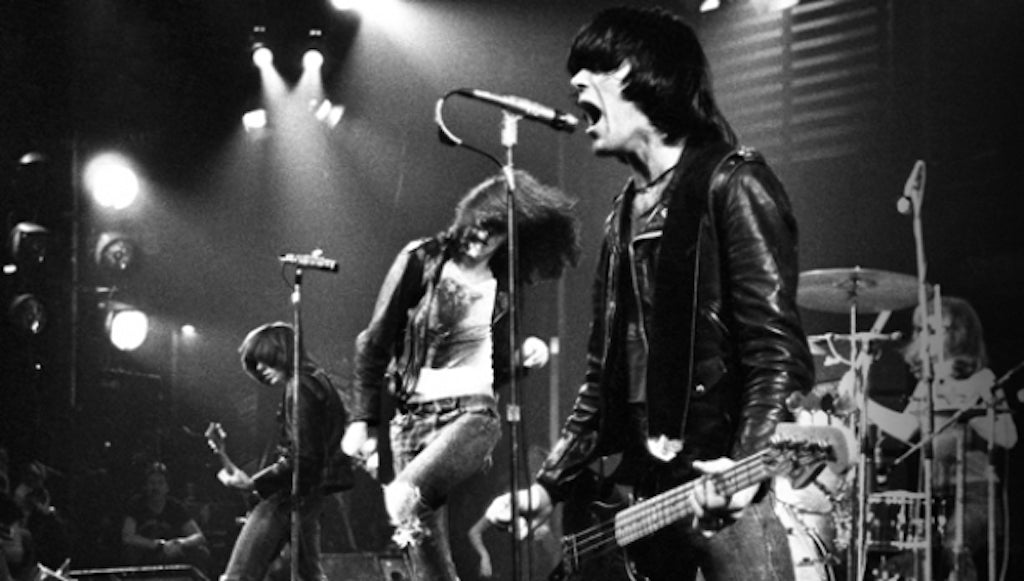February 20, 2018
Camden Town is one of the most visited places in world. It's a place that stands out for its individuality, home to the misfits, artists, musicians, tattoo artists and burlesque dancers. In fact, Camden is home to anyone who wants to call it so.
But did you ever wonder how a place becomes so emblematic? Let’s go back to the origin of Camden Town.

Named after the 1st Earl Camden, Charles Pratt, Camden used to be part of the manor of Kentish Town, known to be the small wayside village of “Red Mother Cap”, which was the town’s best-known pub.
In 1791, Sir Pratt started to develop the area by slowly building houses and estates on each side of the road, wanting to create a place for the educated upper and middle classes. It isn't until 60 years later that the main parts of the town are fully constructed.
However, Camden didn’t become the quiet residential suburb that the Earl had in mind. With the opening of Regent's Canal in 1820 and the construction of the railway which separated the town in two, Camden quickly welcomed warehouses, factories and with it the working class.

Camden was split in two, not only geographically but also culturally as it now welcomed the both upper class (situated around the Regent’s Park area) and the working class (towards St Pancras).
With the railways and the canal emerged industries which transformed the suburban area in a place of noise and steam that offered inexpensive accommodation.
Amongst others, piano manufacturers (one of Camden's main trades), wine merchants, gin distillers and soft-drink makers settled down in Camden and by the end of the 19th century it was quickly becoming over-crowded.
This is perhaps how Camden became a place of no judgments and individuality. Everyone would meet up in pubs at the end of the day, sharing beers and local gins. In fact, public houses started to spring up on every street corner and it seems as though drinking and prostitution became the people’s favourite activities. Perhaps these two pastimes were what led to the famous and mysterious Camden Town Murder of 1907… But this is a story for another time.
By 1910, the town welcomed multitude of theatres and cinemas which slowly improved its reputation.

The 60’s probably marked the biggest shift in Camden Town’s history, which was when it became a place of cultural revolution. Indeed, rock and psychedelia came into fashion and The Roundhouse was where those revolutions took place. A venue where music, culture, politics and the youth all came together.
The Roundhouse was originally built as a locomotive shed, turned into a gin distillery and was now the place to rebel against society and its rules.
The UK’s biggest bands and musicians started here and Punk, the world most revolutionary fashion movement and subculture, was born here and is still part of Camden’s soul.
In 1974 Camden Market welcomed its first colourful and diverse traders, and is now one of the most famous markets in the world (for more info click here).
In short, through its vibrant past and eclectic present Camden is an inexhaustible source of inspiration for us here at The Camden Watch Company and we are very proud to be able to call it our home.
May 27, 2021
Back in late 2016, we launched what our first ever Limited Edition watch. Based on Tom Sayers, a champion bare-knuckle boxer from Camden, it was a steel No.88 with a black dial limited to 200 pieces, and we loved it.
Produced in four batches of 50, each batch sold out fast, and ever since we have received emails and messages asking us if by any chance we've held any back (we haven't), or even if it was possible buy our very own edition (it isn't).
March 19, 2020
December 05, 2019
Sign Up To Our Newsletter
Behind-the-scenes content and design inspiration from the founders of The Camden Watch Company.
From Camden with love.
